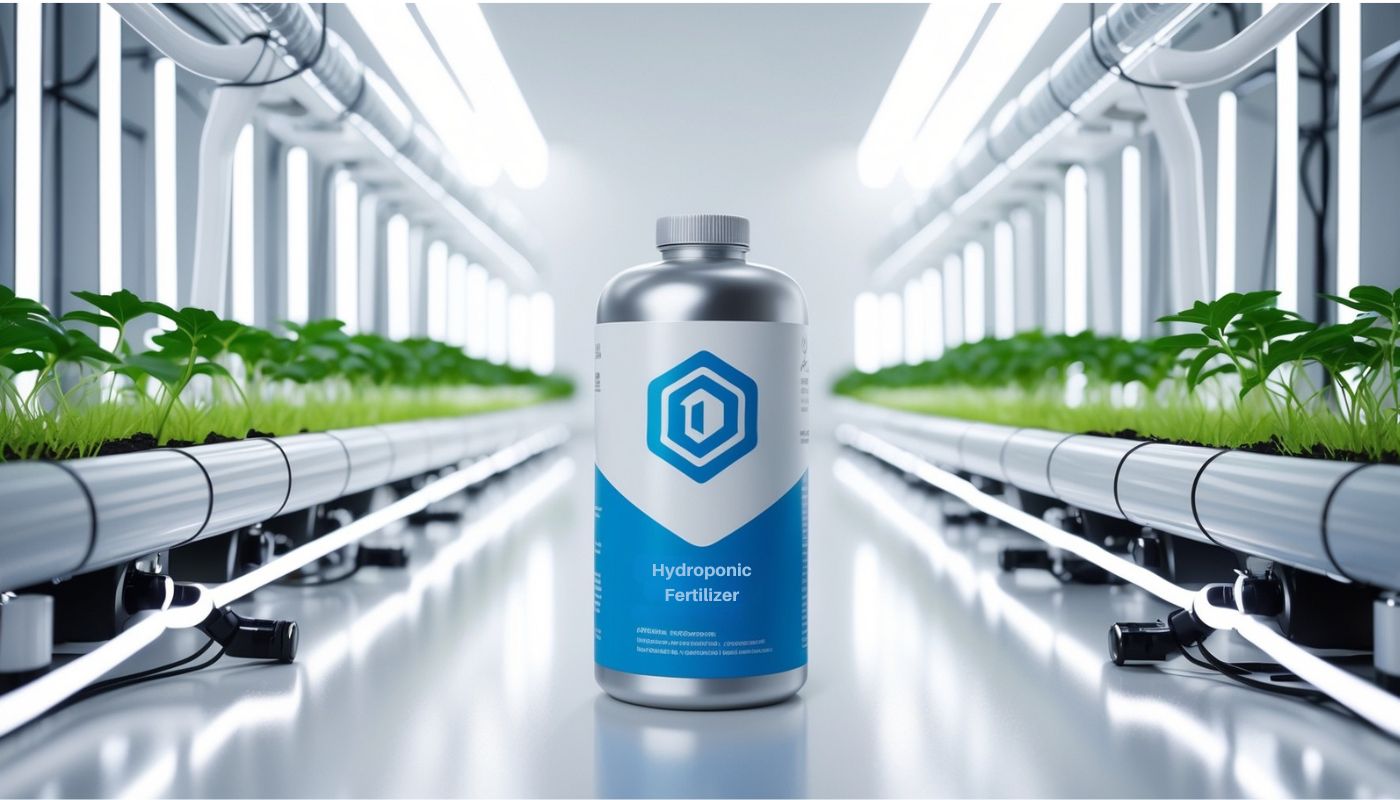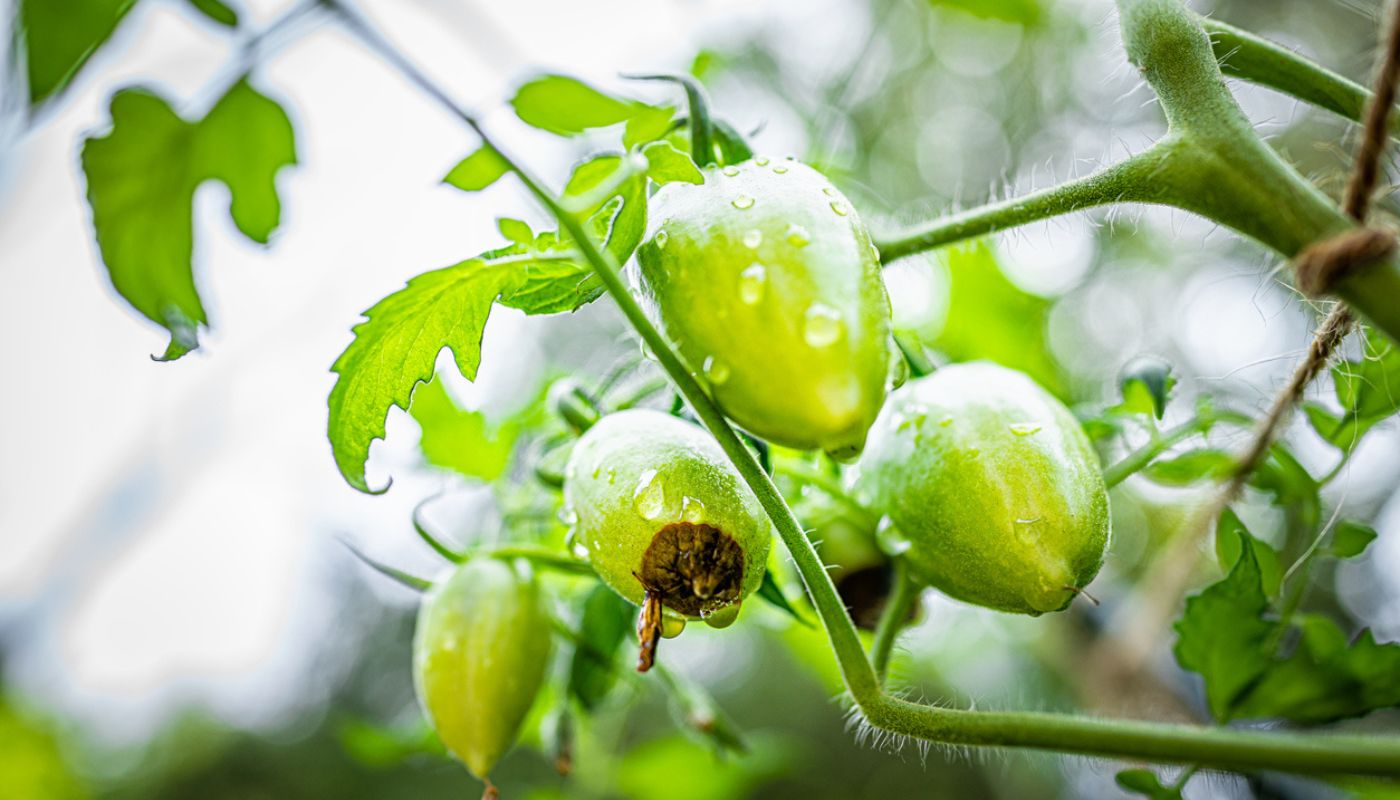
Guide to Powdery Mildew (Oidium)
Powdery mildew, also known as oidium, is a common fungal disease that affects a wide variety of plants, from ornamental flowers to vegetables and fruit trees. It’s characterized by a white, powdery substance on leaves, stems, and fruits, which can severely impact plant health and yield. Understanding its causes, prevention, and treatment is crucial for gardeners and farmers alike.
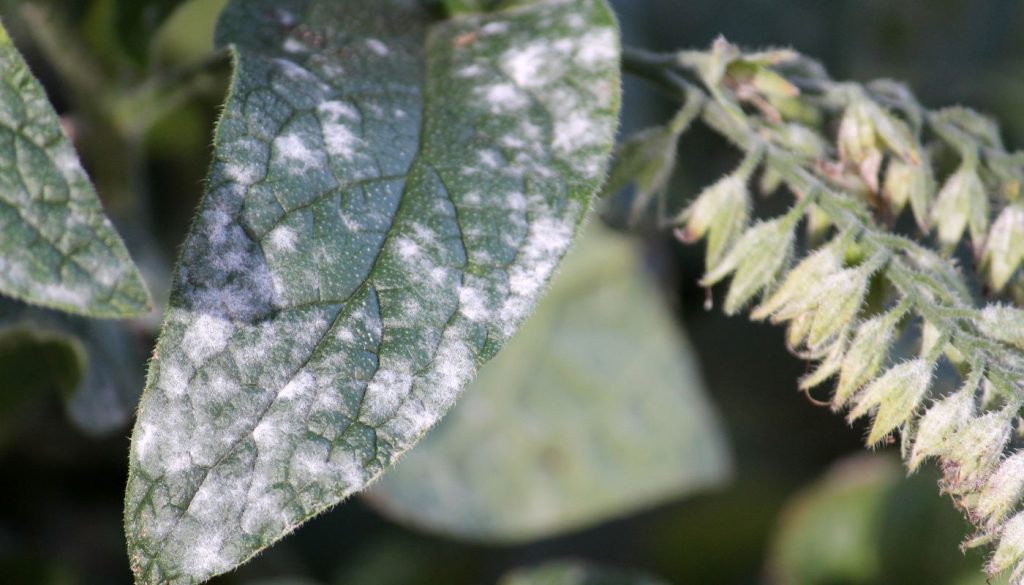
The Ideal Climate for Powdery Mildew Development
Powdery mildew thrives in moderate to warm climates with high humidity. The ideal conditions for its development include:
- Temperature: Between 15°C and 25°C (59°F to 77°F).
- Humidity: A relative humidity of 60% to 80% is ideal for spore germination.
- Other Factors: Poor air circulation and shaded areas can exacerbate the problem.
Recommended Hygrometry
- Optimal Level: Keep the relative humidity below 50% in greenhouses or indoor settings to limit fungal growth.
- Ventilation: Ensure proper airflow around plants to reduce moisture on leaves.
Causes
This fungal disease is caused by several species of fungi, including Erysiphe and Podosphaera. These fungi spread through:
- Spores: Dispersed by wind, insects, or water.
- Environmental Factors: High humidity and temperatures favor their development.
- Stress Factors: Plants under stress due to poor soil nutrition or inadequate watering are more susceptible.
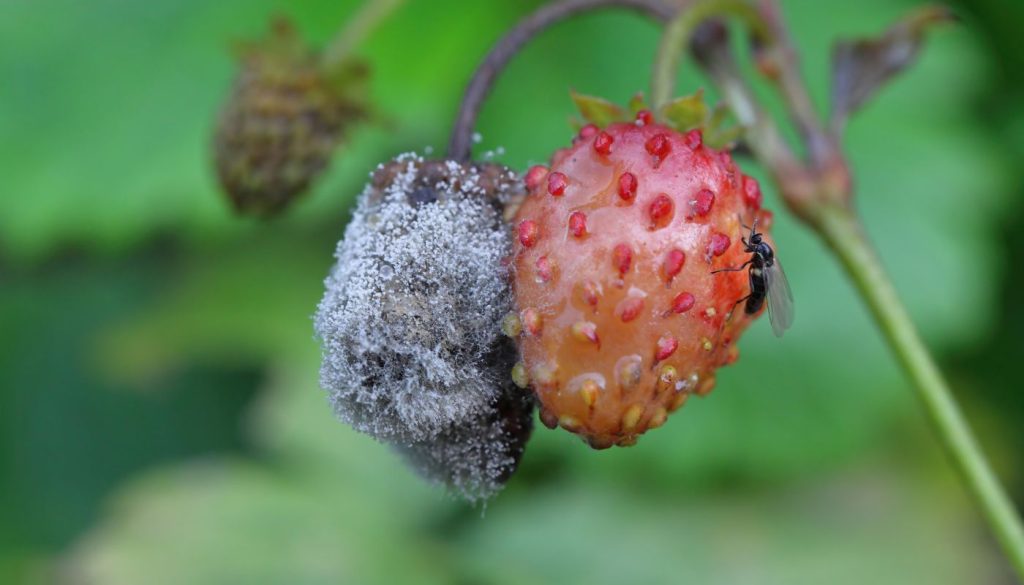
Prevention
Preventing powdery mildew involves a combination of cultural practices and proactive measures:
1. Proper Plant Spacing
- Allow sufficient space between plants to improve air circulation.
2. Sunlight Exposure
- Ensure plants receive adequate sunlight to reduce shaded, damp areas.
3. Watering Practices
- Avoid overhead watering; instead, water at the base of plants.
4. Resistant Varieties
- Choose plant varieties bred for resistance.
5. Hygiene
- Remove and dispose of infected plant material to prevent fungal spores from spreading.
Solutions
Natural Remedies
- Baking Soda Solution
- Mix 1 teaspoon of baking soda with 1 liter of water and a few drops of liquid soap.
- Spray on affected plants weekly.
- Milk Spray
- Dilute milk with water in a 1:9 ratio and apply every 7 to 10 days.
Biological Fungicides
- Neem Oil: Effective in reducing fungal spread.
- Sulfur-based Products: Preventive and curative treatments.
Chemical Fungicides
- Use products containing myclobutanil or copper-based compounds for severe infestations.
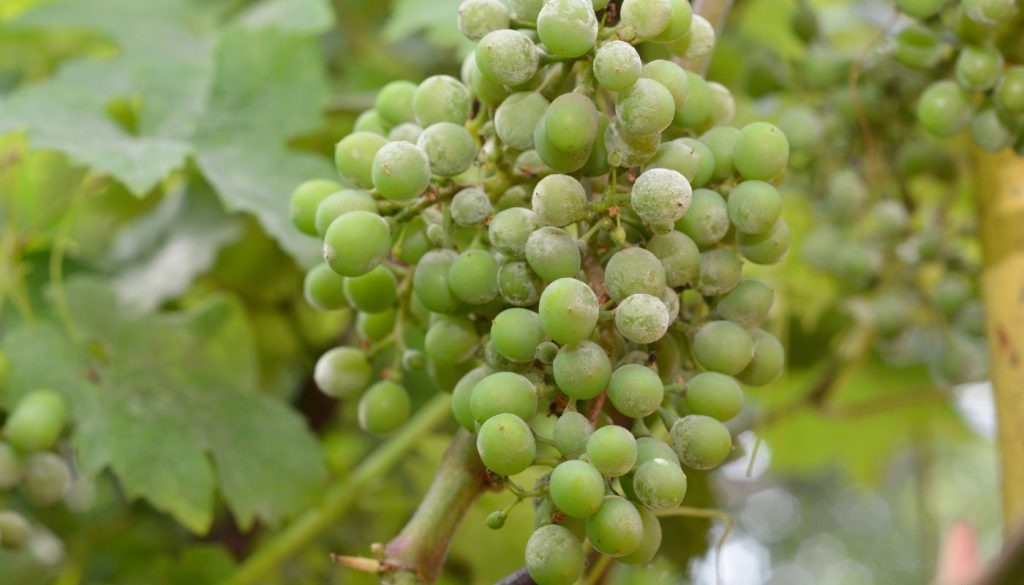
Popular Case: Powdery Mildew in Vineyards
One of the most notable examples is its impact on grapevines. The disease can reduce photosynthesis, affect grape quality, and lead to economic losses in vineyards. Wine producers often use sulfur sprays and rigorous canopy management to combat the disease.
Plants Affected
To optimize the reach of this guide, here’s a list of plants commonly affected:
Vegetables
- Zucchini
- Cucumber
- Tomato
- Peas
- Eggplant
Fruits
- Grapes
- Apples
- Strawberries
- Melons
- Pears
Ornamental Plants
- Roses
- Lilacs
- Dahlias
- Begonias
- Chrysanthemums
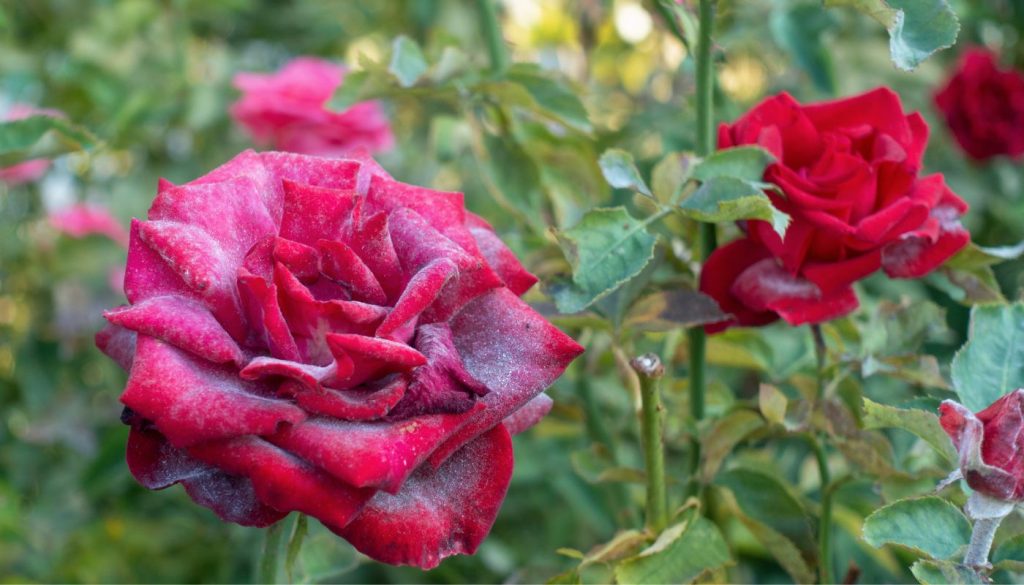
Powdery mildew is a persistent yet manageable problem. By understanding the conditions it thrives in, implementing preventive measures, and applying effective treatments, you can protect your plants from this disease. Whether you’re tending to roses in your garden or managing a vineyard, proactive care will ensure healthier and more productive plants.




